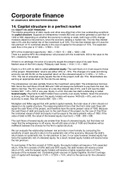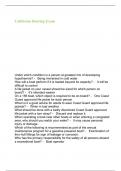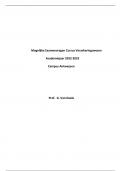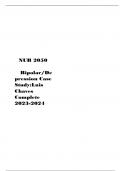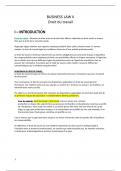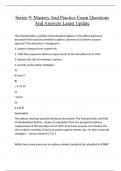Samenvatting
Samenvatting Boek Ondernemingsfinanciering en Vermogensmarkten
- Instelling
- Tilburg University (UVT)
Dit is een samenvatting van het boek 'Corporate Finance' welke aansluit bij de stof van het vak Ondernemingsfinanciering en Vermogensmarkten. In de samenvatting worden hoofdstuk 14 t/m 28 en 30 behandeld, welke gelijk zijn aan de tentamenstof. Ook zelfstudie hoofdstukken 26 en 27 worden behandeld....
[Meer zien]
